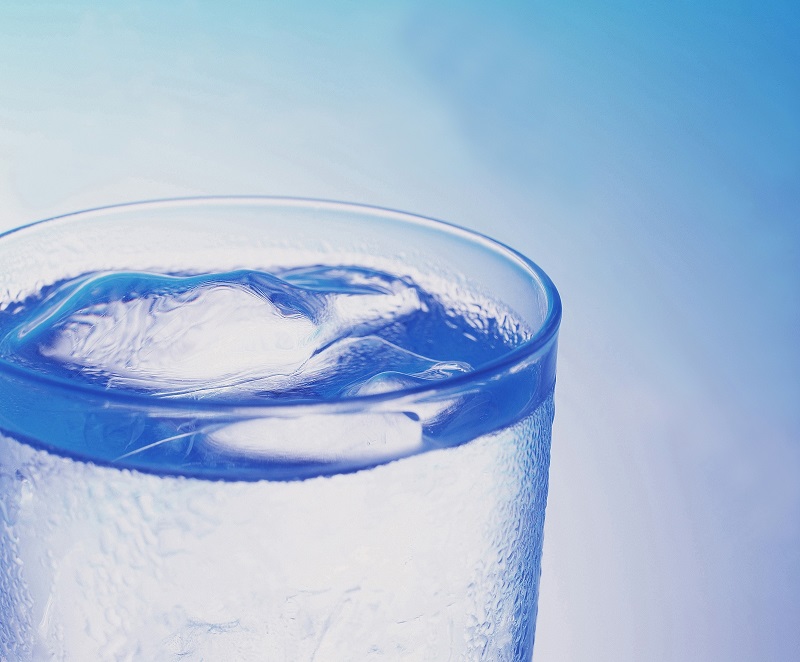Black water recycling

|
Water is an increasingly scarce resource. As the population increases, and climate change makes rainwater patterns less predictable, it is becoming more important that we reduce the amount of water we consume and discharge into the sewerage infrastructure. In addition, the treatment of water to make it suitable for drinking and other uses consumes a considerable amount of energy. Treating water to make it suitable for ‘drinking’ just to use it for purposes that do not require this level of treatment, such as watering gardens, washing cars or flushing toilets, is extremely wasteful.
Environmental concerns, utilities bills and the imposition of restrictions such as requirements for sustainable urban drainage systems and hosepipe bans mean that people are increasingly looking to re-use or re-cycle water.
Typically, water is categorised within one of three broad groups, with the degree of contamination increasing, and so the number of suitable uses decreasing and the treatment requirement increasing:
- Fresh, potable water or ‘drinking water’ is sometimes referred to as ‘white water’.
- Wastewater from showers, baths, washbasins and washing machines that is not considered to be potentially dangerous is referred to as ‘grey water’.
- Water from toilets that may be contaminated with hazardous material is referred to as ‘black water’ (or sometimes brown water, foul water, or sewage). Some definitions of black water also include water from kitchen sinks, dishwashers and waste disposal units which may contain food particles.
Despite this contamination, black water can be recycled and re-used. Typically this re-use is for applications such as watering landscape (although generally not crops) or for flushing toilets (Ref Thames Water, Recycled Londoners’ sewage keeping Olympic Park green). It is also possible, although expensive, to make black water suitable for drinking.
Recycling black water can:
- Reduce water use.
- Conserve energy and reduce utilities bills.
- Reduce loads on local sewerage systems.
- Contribute to sustainability standards such as LEED.
However, it can be:
- Expensive.
- Difficult to manage and maintain.
- There can be perception and stigma issues.
- It requires a separate, clearly identified pipe network.
- Long payback times combined with small storage volumes mean it can be less effective than other water-conservation measures.
It is possible to recycle black water at a domestic scale, but this is not common due to the expense involved, despite the fact that many remote domestic properties already have septic tanks to deal with sewerage locally. Generally, the process is only adopted on larger sites, or for multi-home developments.
Treatment is generally by a process of settlement, bacterial break down, filtration, aeration, and chemical treatment. This can include the use of reed beds. For more information see The Green Age, Recycling Domestic Sewage.
[edit] Related articles on Designing Buildings
- Filtration.
- Flood and Water Management Act.
- Green roof.
- Greywater.
- Greywater recycling at the Millennium Dome.
- Hosepipe ban.
- Marine energy and hydropower.
- Passive water efficiency measures.
- Planning for floods.
- Rainwater harvesting.
- SuDS - is there light at the end of the tunnel?
- Sustainable urban drainage systems.
- Types of water.
- Waste water.
- Water consumption.
- Water engineering.
- Water quality.
[edit] External references
Featured articles and news
Professional practical experience for Architects in training
The long process to transform the nature of education and professional practical experience in the Architecture profession following recent reports.
A people-first approach to retrofit
Moving away from the destructive paradigm of fabric-first.
International Electrician Day, 10 June 2025
Celebrating the role of electrical engineers from André-Marie Amperè, today and for the future.
New guide for clients launched at Houses of Parliament
'There has never been a more important time for clients to step up and ...ask the right questions'
The impact of recycled slate tiles
Innovation across the decades.
EPC changes for existing buildings
Changes and their context as the new RdSAP methodology comes into use from 15 June.
Skills England publishes Sector skills needs assessments
Priority areas relating to the built environment highlighted and described in brief.
BSRIA HVAC Market Watch - May 2025 Edition
Heat Pump Market Outlook: Policy, Performance & Refrigerant Trends for 2025–2028.
Committing to EDI in construction with CIOB
Built Environment professional bodies deepen commitment to EDI with two new signatories: CIAT and CICES.
Government Grenfell progress report at a glance
Line by line recomendation overview, with links to more details.
An engaging and lively review of his professional life.
Sustainable heating for listed buildings
A problem that needs to be approached intelligently.
50th Golden anniversary ECA Edmundson apprentice award
Deadline for entries has been extended to Friday 27 June, so don't miss out!
CIAT at the London Festival of Architecture
Designing for Everyone: Breaking Barriers in Inclusive Architecture.
Mixed reactions to apprenticeship and skills reform 2025
A 'welcome shift' for some and a 'backwards step' for others.





















